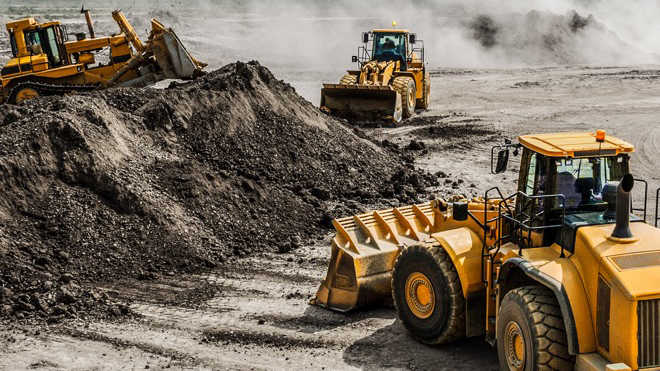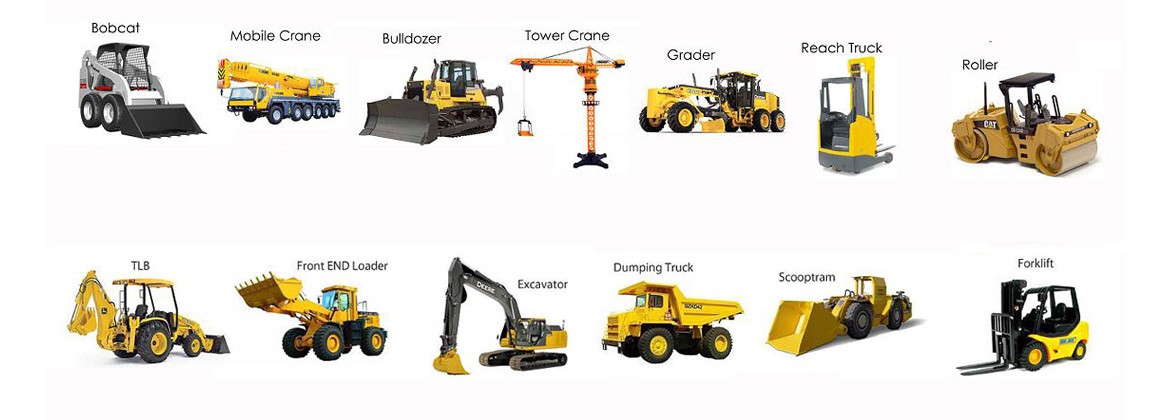Locate the most effective Rental Company Near Me for Equipment
Locate the most effective Rental Company Near Me for Equipment
Blog Article
Renting Vs. Buying Building Devices: Making the Right Option for Your Job
When beginning on a building and construction project, one of the vital decisions that forecast managers and stakeholders deal with is whether to purchase or rent construction devices. The decision hinges on different variables such as cost considerations, task duration, tools maintenance, adaptability, risk, and scalability administration.
Expense Factors To Consider
When reviewing the financial facet of leasing versus purchasing building and construction tools, the upfront prices and lasting expenditures need to be meticulously thought about. Renting equipment often calls for lower first settlements compared to acquiring, making it an eye-catching alternative for short-term tasks or service providers with budget plan restraints. Renting out eliminates the need for large funding investments and reduces the monetary risk connected with devices ownership, such as maintenance and devaluation expenses. However, in the future, constantly renting out equipment can accumulate greater prices than buying, specifically for extensive tasks.
On the other hand, buying building devices includes higher upfront costs however can cause long-term savings, particularly for frequent customers or lasting projects. Owning devices offers flexibility, ease, and the potential for resale value once the task is completed. Additionally, possessing devices enables customization and familiarity with particular equipment, potentially enhancing efficiency and productivity on-site. Ultimately, the decision between renting out and getting building tools depends upon the project's period, regularity of use, budget considerations, and lasting monetary objectives.
Job Period

On the other hand, for long-term jobs or ongoing building work, getting devices can be the much more cost-effective option. Buying tools can bring about cost financial savings in the lengthy run, especially if the devices will be frequently utilized. In addition, owning devices provides a sense of control over its schedule and permits customization to fit particular job needs.

Devices Maintenance
Provided the important function project period plays in establishing the most affordable strategy between renting out and acquiring building tools, the emphasis currently moves towards examining the crucial facet of tools upkeep. On the other hand, possessing tools requires an aggressive strategy to upkeep to prevent malfunctions, investigate this site make sure safety and security, and expand the devices's life-span. Ultimately, a well-kept building equipment fleet, whether leased or had, is important for the successful and efficient conclusion of building tasks.
Adaptability and Scalability
In the realm of building tools monitoring, the element of flexibility and scalability holds substantial importance for job performance and source usage. Opting to rent building tools supplies a high level of flexibility as it enables for the quick change of equipment kinds and quantities based on the progressing needs of a task.
Renting building and construction equipment supplies the advantage of quickly scaling operations up or down as task demands fluctuate. Specialists can promptly exchange or add devices to match the job's changing needs without the restrictions of possessing assets that may end up being underutilized or obsolete.
Risk Management
Efficient danger management in building equipment procedures is extremely important to guaranteeing project success and mitigating possible financial losses. Building tasks naturally involve numerous threats, such as equipment failures, accidents, and job delays, which can significantly affect the project timeline and budget. By very carefully taking into consideration the risks connected with owning or renting out building equipment, project managers can make educated choices to lessen these possible threats.
Leasing construction tools can provide a degree of danger reduction by transferring the responsibility of upkeep and fixings to the rental business. This can decrease the economic problem on the job proprietor in instance of unanticipated devices failures (construction equipment rentals). Additionally, leasing provides the flexibility to gain access to customized devices for certain job phases, lowering the danger of possessing underutilized machinery
On the various other hand, possessing construction devices offers a sense of control my latest blog post over its use and maintenance. Nevertheless, this additionally suggests birthing the full responsibility for fixings, maintenance costs, and devaluation, enhancing the financial risks associated with tools possession. Careful threat assessment and consideration of variables such as task period, equipment usage, and maintenance demands are critical in establishing one of the most ideal choice for reliable risk monitoring in building jobs.
Verdict
In conclusion, when deciding between acquiring and renting construction tools, it is very important to take into consideration expense, job duration, tools upkeep, scalability, adaptability, and risk monitoring. Each variable plays a vital duty in figuring out the most suitable choice for the task available. By very carefully evaluating these aspects, project supervisors can make an educated choice that lines up with their budget plan, timeline, and general task goals.

Report this page